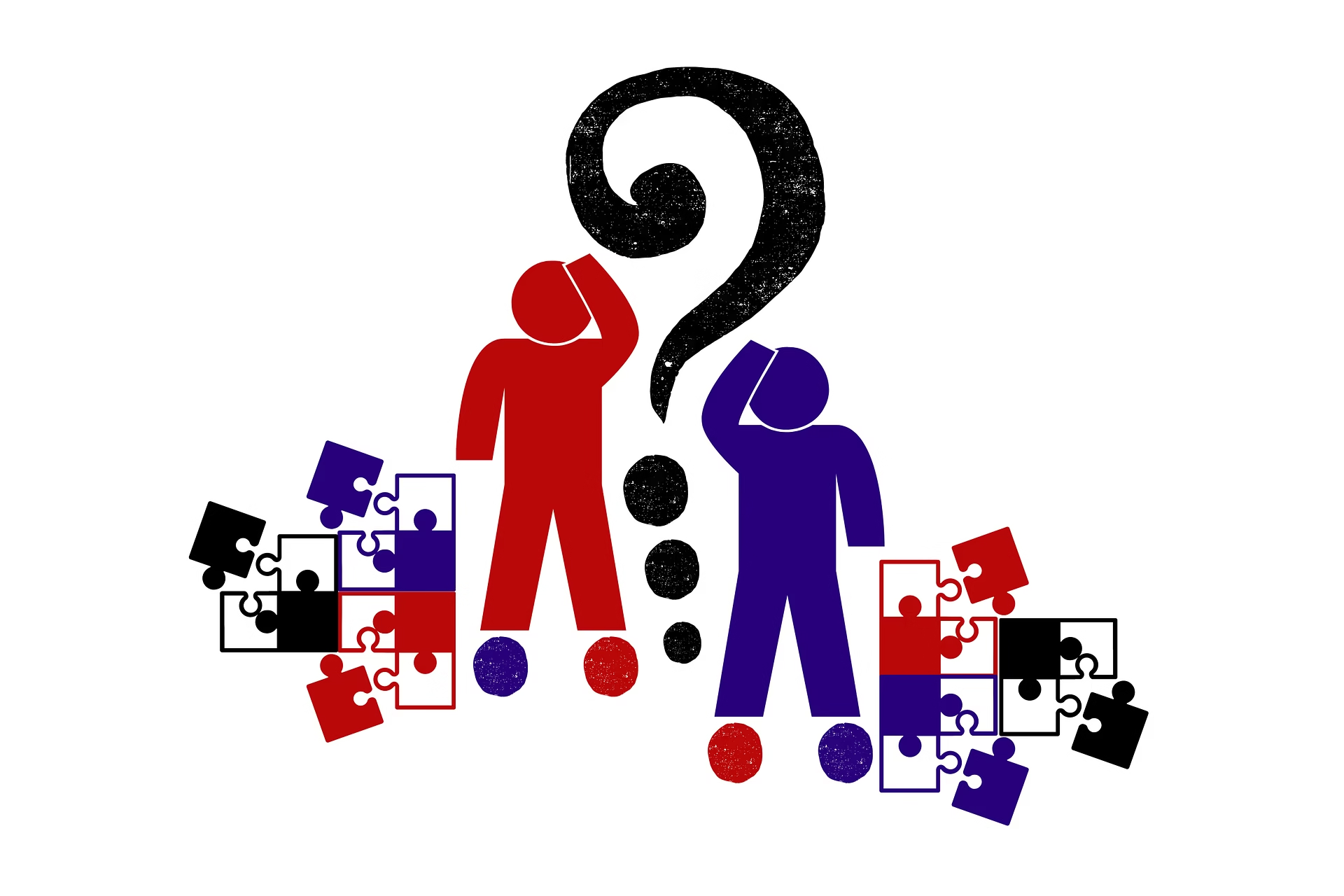How to Decide What Your Logo Should Be: A Beginner’s Guide
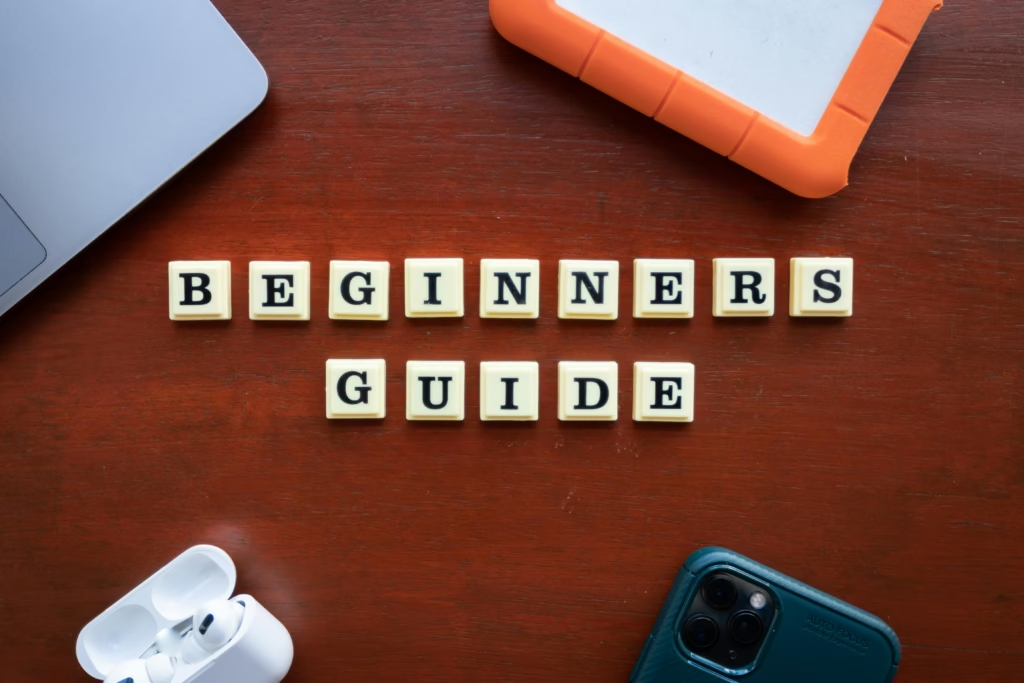
Your logo isn’t just a graphic—it’s the face of your brand, the visual that people connect with your name, your story, and your credibility. From Nike’s swoosh to Apple’s bitten fruit, iconic logos tell stories in a single glance.
So, how do you, as a beginner, decide what your logo should be?
This comprehensive, beginner-friendly logo design guide will walk you through every essential step — from understanding your brand to refining your logo for the real world.
The Importance of Logo

A logo does not only represent a graphic, but also shows the face of the brand and values of the brand. Consider any famous logos, such as the Nike swoosh or the Apple logo. They are easily identifiable, have an appeal of trust, and can be like a story when you look at it one time. Now let me tell you why it is critical that you have a logo:
First impressions:
A finely designed logo would attract attention and, leave a lasting impression on your brand, and open the next suggestion
Brand Recognition:
As time goes by, your logo will become a name that will be identified with your goods or services.
Professionalism:
A good logo will give credibility, and it will tell the world that you are serious about your business.
Spending some time in selecting the appropriate logo is better as it gives you a clear message to spread to the intended customers.
Step 1: Know Your Brand Before You Design a Logo
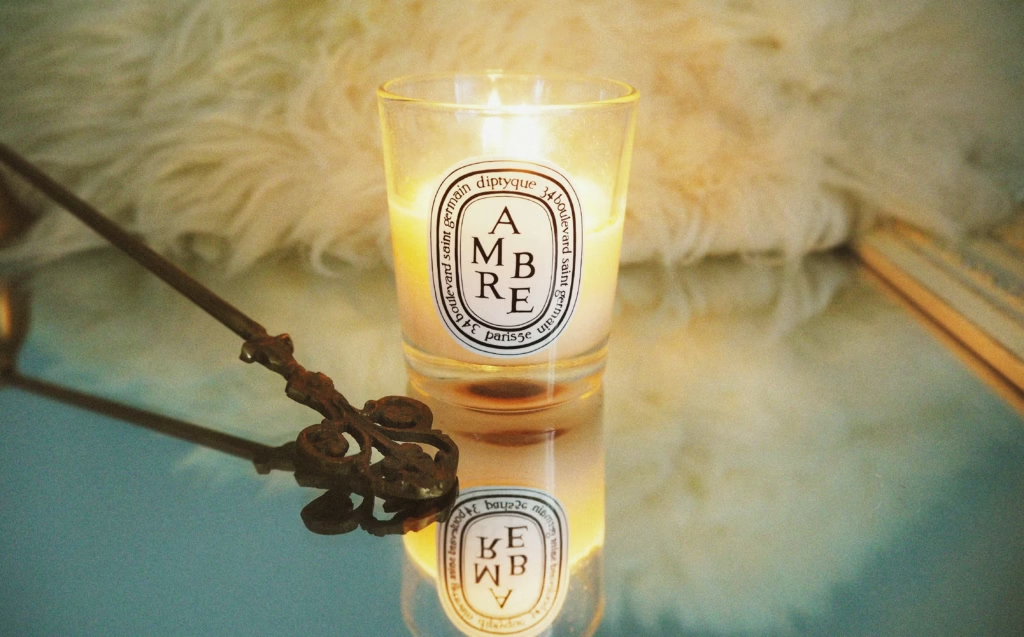
It’s always beneficial to pause and analyze your brand identity before proceeding with the designs. Your logo must show what you are as a business.
Set the Mission of Your Brand. The initial three stages of defining your brand’s mission involve setting the brand’s mission, clarifying the mission of your brand about its competitor peers or business, and refining the mission of your brand and its customers.
The first one is:
- So what is your business?
- Then what was your reason for starting it?
- What are the issues you are resolving with your audience?
Just like the whole process of your logo, your mission statement will have to look ahead because it will tell you what you are doing in the first place.
Discover the Personality of Your Brand
What does your brand seem like as a person? Are they formal and businesslike, light-hearted and whimsical, or trendy and cutting-edge? A defined personality of your brand will also assist you in achieving the intended feelings on your logo.
Understand Your Target Audience
It is important to understand your audience.
For example:
When targeting kids, you need to use playful, bright designs.
In case the target audience is corporate professionals, then you should use fancy and simple visuals.
Your logo must attract those you are looking forward to attracting.
Step 2: Get Inspired and Research Logo Design Trends

Now that you have an idea of what your brand means, it’s time to be inspired. The researching stage will enable you to find out what styles and aspects you like.
Analyze Competitors
Read logos of the niche-related businesses. Take note of what methods are effective and which ones are not. The aim should not be to replicate but to spot the trends and make sure your logo can be distinguished.
Investigate Patterns of Design
Search design portfolios or sites such as Behance, Dribbble or Pinterest. See what patterns of colour, styles and typography can inspire you.
Make a mood board.
Collect everything that inspires you: pictures, colours, fonts, symbols, and so on, in one vicinity. A mood board is a visual chronicle of your ideas and makes you clear on what you like.
Step 3: Choose the Best Logo Type for Your Brand
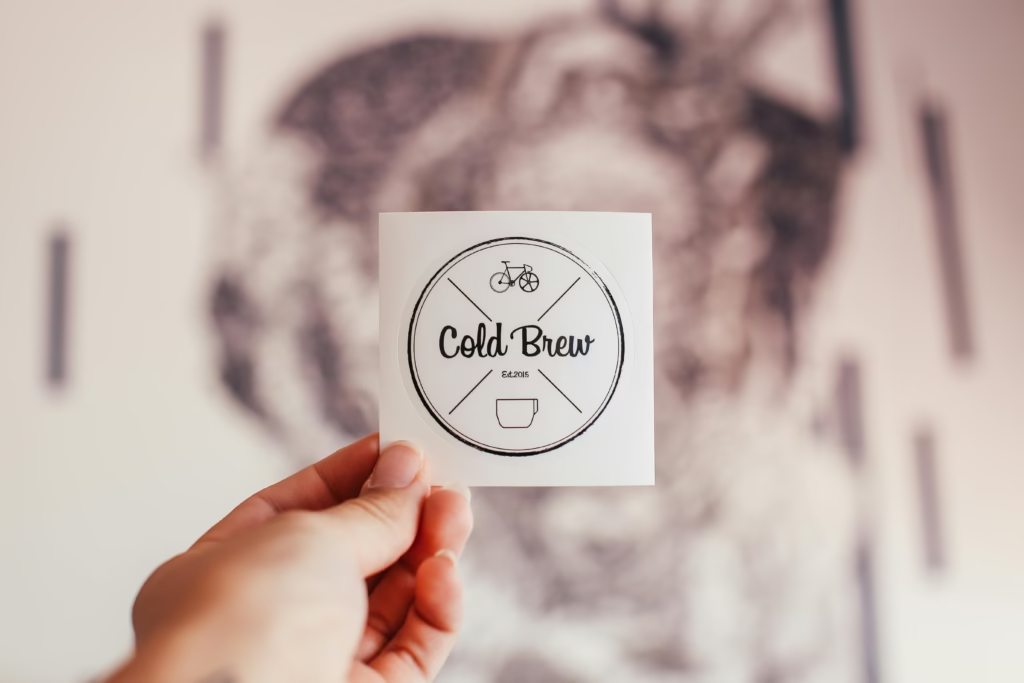
There are various styles of logos, and you can select the style that you would like to project your brand. The following are the key choices:
Wordmark (Text based Logos)
Wordmarks concentrate on the name of your brand because it is important to make it visible with the help of special typography. Wonder Google or Coca-Cola. They suit perfectly the brands that have memorable or distinct names.
Symbol/Iconic Logos
A logo, such as the apple in the case of Apple, is an icon or symbol that allows you to boil down your brand to a simple, refined image. Their recognition is very high; however, they might be in need of a lot of branding in the first place.
Text and Symbol Marks (Text + Symbol)
Various text and symbols are labelled as combination logos because you have greater freedom when it comes to branding. Examples are Adidas and Burger King.
Emblems
A text or word is contained in a symbol or form, thereby forming an emblem. They are very traditional and old-fashioned and can be found mostly being applied by schools or government organizations (e.g. Starbucks).
Step 4: Apply Color Psychology in Logo Design
Colours evoke responses and condition the ideologies. Select a colour range carefully in accordance with the emotion you want your brand to communicate.
Social Colours

- Red: Passion, stimulation and high energy (such as Coca-Cola).
- Blue: Trust, professionalism and composure (i.e., Facebook).
- Green: Vitality, well-being and environmental friendliness (e.g., Whole Foods).
- Yellow: Friendly and optimistic (e.g. McDonald’s)
- Black: Up-market and expensive (such as Chanel).
It is simple to use two or three primary colours, so the design is not stretched to the limit.
Step 5: choosing the appropriate font for Logo designing
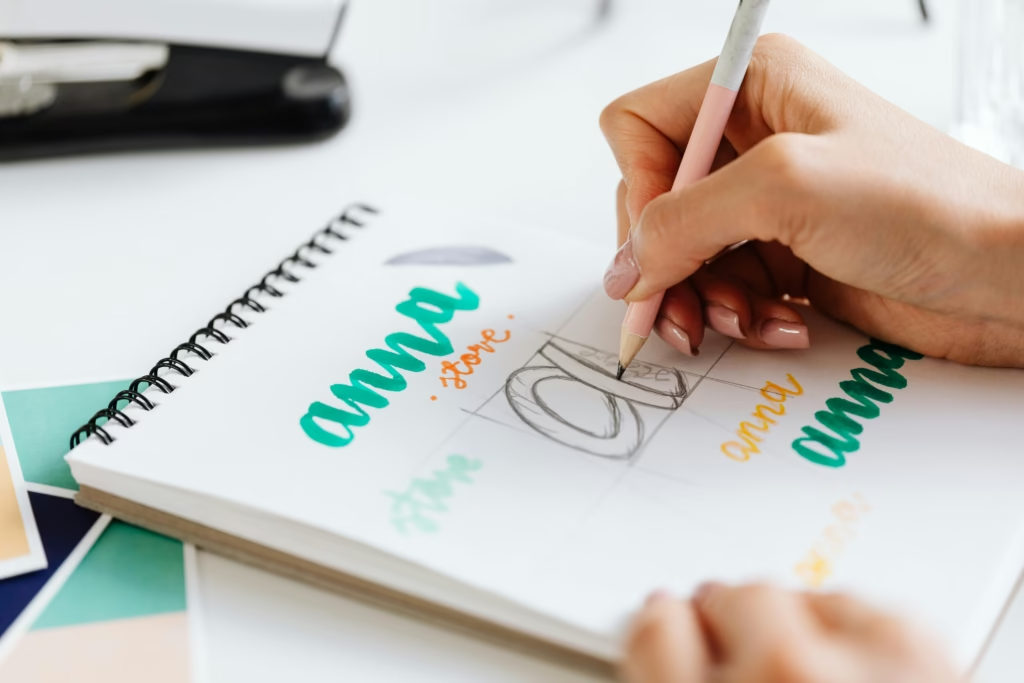
Much is said about your brand by the typography you use in your logo. Wise selection can be done by doing the following:
Serif Fonts
Serif fonts, with little lines at the ends of their letters, are very traditional, reliable, and professional. They do well in law firms or luxury brands.
Sans-Serif Fonts
Sans-serif fonts are a new-age and minimalist choice, ideal for a brand that tries to be minimalist.
Script Fonts
These are similar to handwriting, and they are effective when a personal or creative brand seeks to emphasize an artistic flair.
Custom Typography
To give it a special touch, consider making unique choices, such as having a designer create your own lettering that people can identify with.
Step 6: Keep Your Logo Simple and Versatile
An excellent logo can be understood and utilized in many mediums. Here are some tips for maintaining the practicality of the design:
Keep it simple:
Do not put too many details or be cluttered. Consider the swoosh of Nike. It is fundamental but everlasting.
Versatility:
Your logo should look good on business cards and billboards.
Black and White Test:
Ensure that the logo looks equally good in black and white as it does in colour.
Step 7: Refine Your Logo Through Testing and Feedback
Test your logo before settling on it so that you can check its performance in the real world.
Input of Your Target Audience
Display your logo to prospective customers or team members, and take the time to hear the truth. Determine whether it fits into the personality of your brand and appeals to the people that you are selling it.
Check Practicality
Utilize your logo across various platforms, including the web, social media, printing, and clothing. A good logo is nice anywhere it is used.
Step 8: Consider Professional Logo Design Help

Although the DIY tools will do the job, it is nice to work with a professional designer.
Experience:
My designers are experienced, creative, and have the technical expertise to create custom, unique designs.
Customization:
They can design an element which is absolutely and entirely unique, such as symbols and typography.
Cooperation:
Talk about your vision and use your research, mood board, and brand identity to make the designer create what is on your mind.
In case there is no possibility to outsource, use the options of online logo generators, but think about the change as you develop your brand.
Final Thoughts on How to Decide What Your Logo Should Be
It helps your company or organization recognize. Your logo is the representation of your brand, telling the story and earning the trust that sets you apart. Considering the described steps, namely, making sense of your brand identity, becoming inspired, making correct decisions regarding the stuff to use, and fine-tuning your design, you will have an eye-pleasing logo representing your business.
To begin, pick up the ball and start brainstorming the visual identity of your brand today. The appropriate logo is hardly out of reach!
FAQs
Why is having a logo important?
A logo helps people recognize your brand and makes your business stand out.
How do I start designing a logo?
Begin by understanding your brand, sketch some ideas, and use online tools or hire a designer.
What are common mistakes to avoid?
Avoid clutter, poor fonts, copying other logos, and using too many colors.
How can I make my logo memorable?
Keep it simple, use strong visuals, and choose colors that fit your brand.
Should I create my logo or hire a professional?
If you’re on a budget, try DIY tools; for best results, consider hiring a professional.
